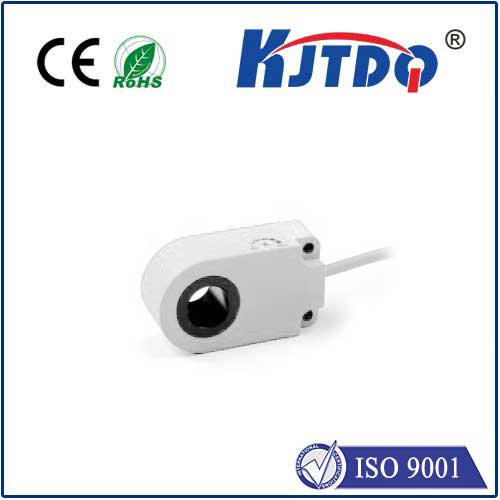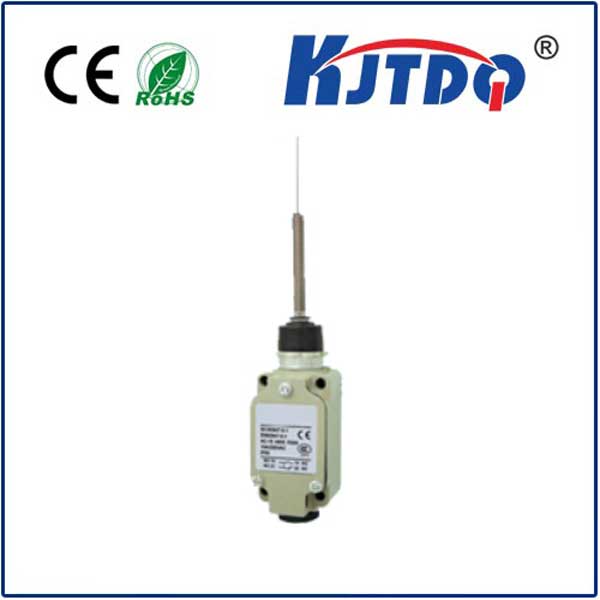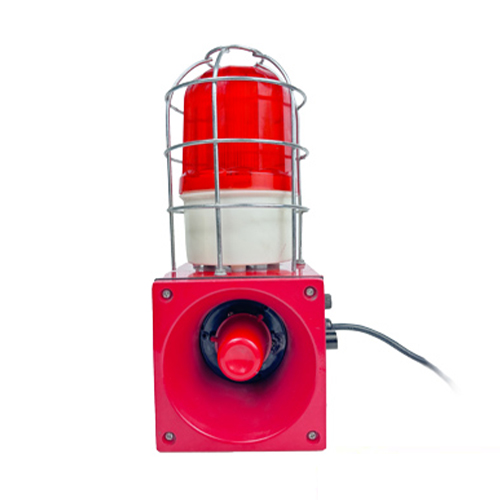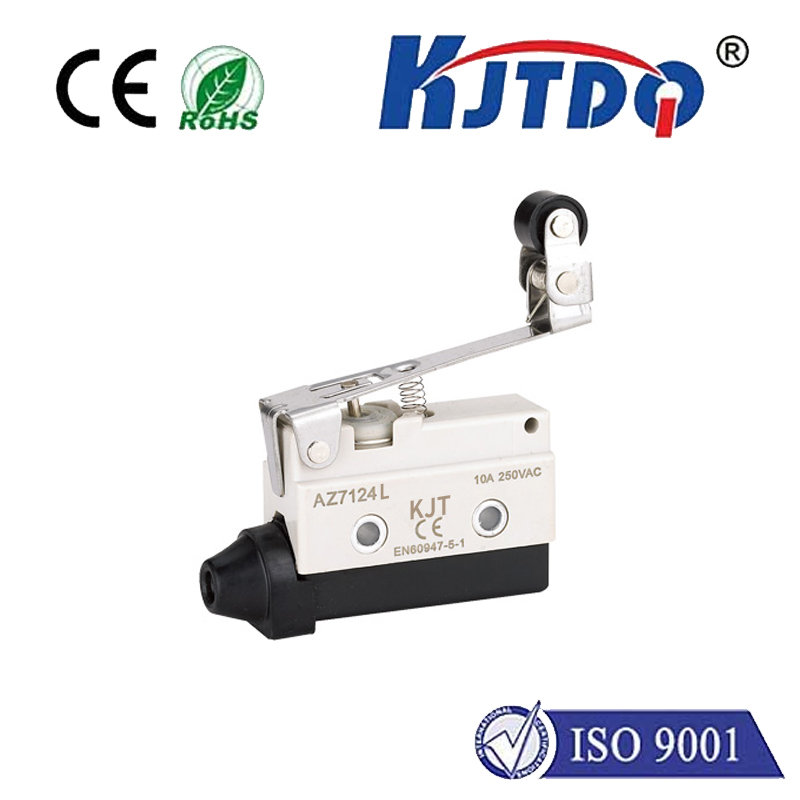
Проверка

Проверка

Проверка

Проверка

Проверка
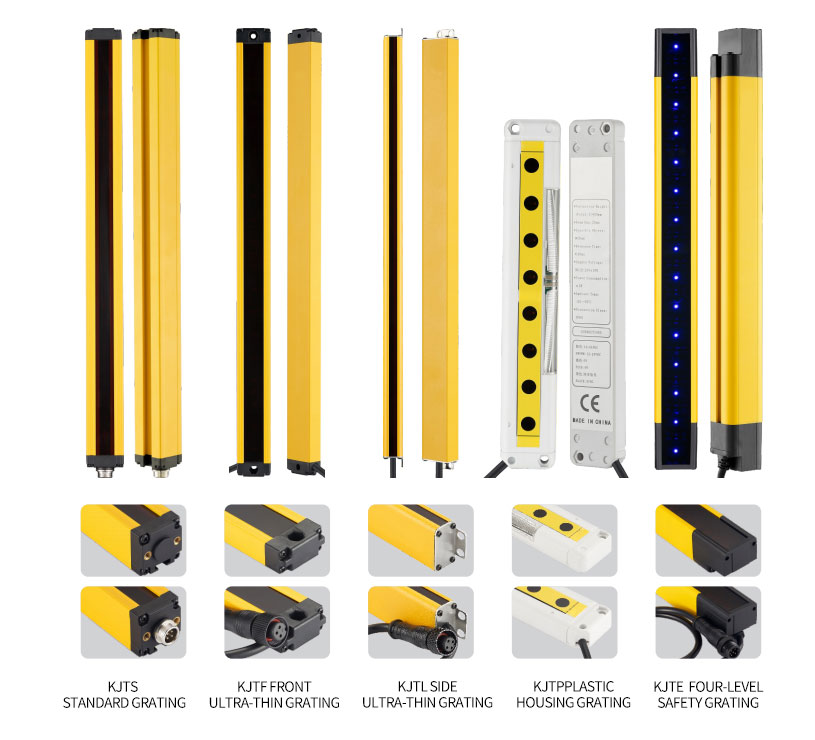
Проверка
That frustrating moment: you’re deep in conversation, phone pressed to your ear, only to pull it away and realize your cheek accidentally muted the call, turned on speakerphone, or worse, hung up! We’ve all been there. But take a closer look at your smartphone, especially near the front camera. See that tiny, often unassuming dot? That’s your silent guardian against such mishaps – the photo proximity sensor. This uncelebrated component plays a surprisingly vital role in daily smartphone interactions and energy efficiency.
Decoding the “Photo Proximity Sensor”: Beyond the Name
The term “photo proximity sensor” can be slightly misleading. While “photo” implies visible light, these sensors typically operate in the infrared (IR) spectrum, invisible to the human eye. A more accurate technical descriptor might be an optical proximity detector. However, the widespread use of “photo proximity sensor” reflects its common position near the phone’s front-facing camera assembly.
The Core Technology: Light Emission and Reflection
At its heart, a photo proximity sensor is a marvel of integrated optoelectronics. It fundamentally consists of two key components working in concert:

The principle of operation is elegantly straightforward: proximity detection based on light reflection. Here’s how it works:
The Magic Moment: Turning Off the Screen
This is the most crucial and familiar action instigated by the датчик приближения: automatic screen blanking. When your ear approaches the top of the phone during a call:
This serves three critical functions:
Beyond Phone Calls: Broader Applications of Proximity Sensing
While call-based screen blanking is the flagship use case, the capabilities of the photo proximity sensor extend further:
Photo Proximity Sensor vs. Other Sensors: Clearing Confusion
It’s easy to confuse the photo proximity sensor with its neighbors on the phone’s bezel:
A Small Component, A Significant Impact
The photo proximity sensor is a perfect example of sophisticated, miniaturized technology seamlessly integrated into our daily lives. Operating silently and invisibly, this small but mighty optical sensor performs the essential task of proximity detection with remarkable accuracy and speed. Its core function – preventing accidental screen touches during calls by automatically turning off the display – significantly enhances smartphone usability, battery conservation, and privacy.
Next time you make a call, spare a thought for that tiny speck near the camera. It’s the unseen sentinel, ensuring your conversation flows smoothly without unintended digital interruptions. Its reliable operation, underpinned by the straightforward physics of infrared light reflection, is a cornerstone of the modern, intuitive smartphone experience, quietly bridging the physical interaction between user and device.



